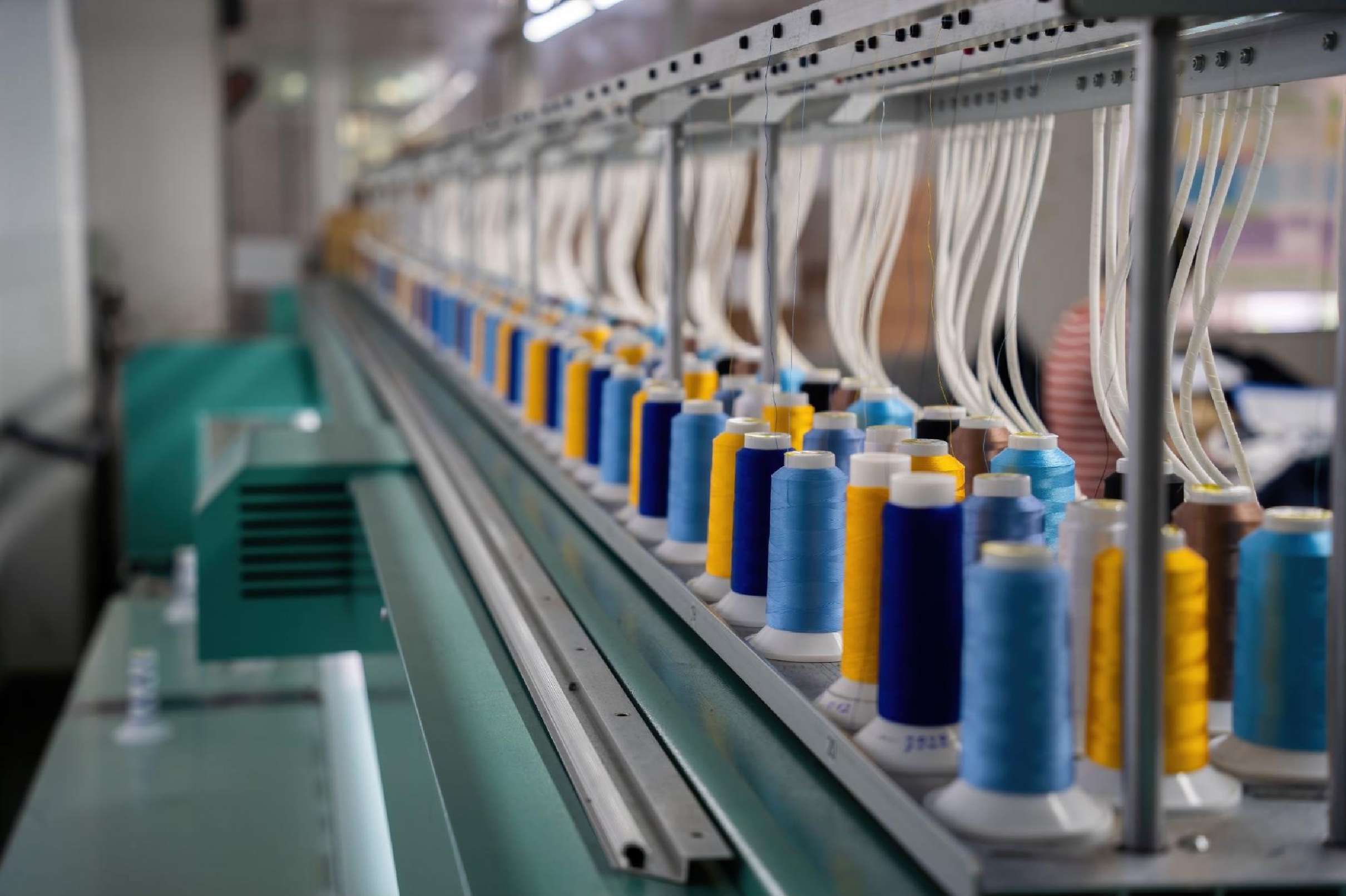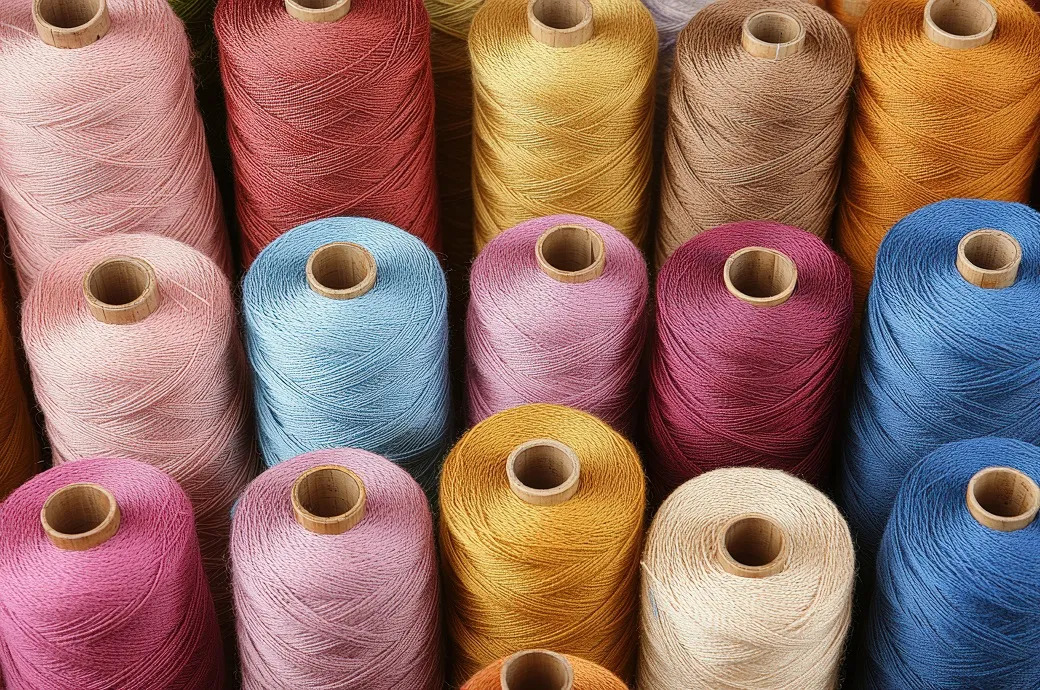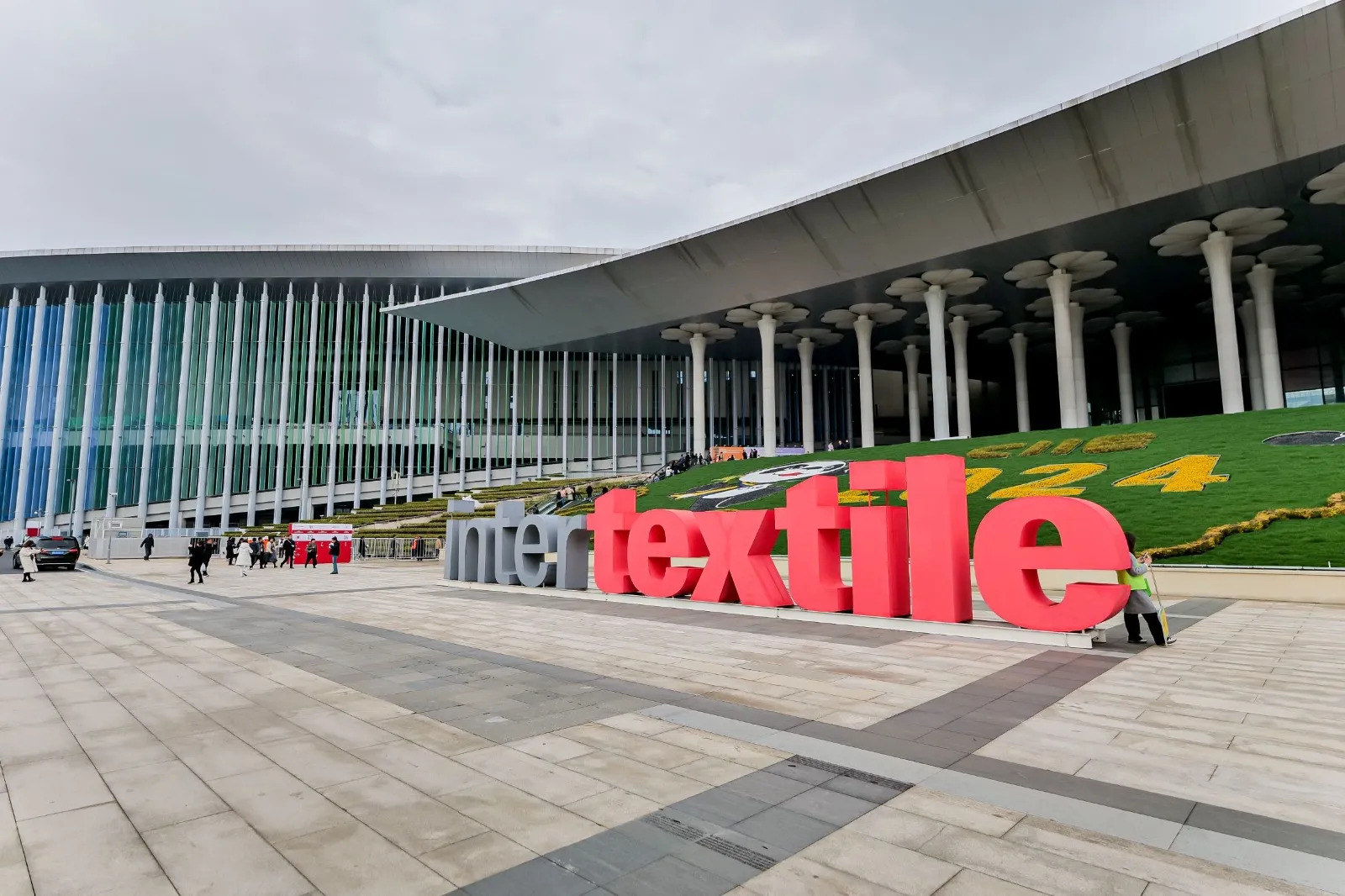Growing at a 5.4 per cent CAGR from 2024 to 2033, the global textile yarn market is projected to reach $22.7 billion by 2033, from $13.6 billion in 2023. This growth is likely to be fueled by an increasing textile demand across apparel, home furnishings, and industrial sectors, driven by rising global population, urbanization, and disposable incomes.
The growing popularity of sustainable textiles is also driving innovation in organic and recycled yarns. Government investments in textile-producing regions, supporting infrastructure, innovation, and SMEs, create a favorable environment. Stricter regulations on environmental impact and labor practices are pushing manufacturers toward cleaner production and sustainable sourcing.
Opportunities for both new and established players exist in this market that involves the production and distribution of yarns used in fabrics, apparel, and industrial textiles. While new entrants can focus on niche markets like organic, recycled, or specialty yarns, established players can leverage their expertise to explore emerging markets and diversify product portfolios, investing in automation and smart manufacturing. They can also collaborate with fashion brands and sustainability advocates to enhance market presence.
Key market segments include plant-sourced yarns (55 per cent share), cotton yarn (65 per cent), and apparel applications (70 per cent). Growth in the market is being driven by factors including fast fashion industry’s demand for diverse yarns, growth in technical textiles requiring specialized yarns, development of sustainable fibers, athletic wear requirements for performance yarns, and manufacturing automation improving quality and efficiency.
The Asia Pacific region leads growth in this segment with a 37 per cent share. Driven by large-scale textile production in countries like China, India, and Bangladesh, this growth is attributed to the region’s large-scale textile production, strong manufacturing capabilities, and growing demand for both synthetic and natural yarns. Cost-effective manufacturing and technological advancements further fuel this growth. Rising middle-class populations and increasing disposable incomes also contribute to the demand for high-quality apparel.












